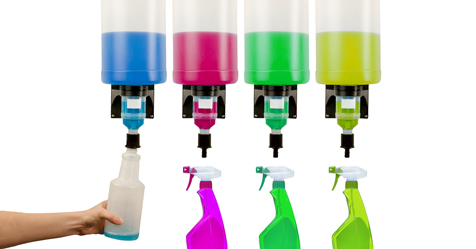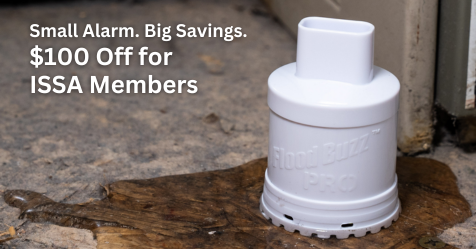Remove Carbon Monoxide Risks in Hotels
Recent deaths show importance of carbon monoxide detectors in guest rooms
In January, nine people were taken to the hospital from Hampton Inn in Marysville, Ohio, due to carbon monoxide (CO) poisoning. The issue has arisen again with three Americans losing their lives to carbon monoxide at the Bahamas Sandals resort in early May.
The lack of properly working CO detectors poses a major health and safety threat not just for the hotel guests, but for staff as well. CO is especially dangerous because it is an odorless gas. Individuals do not realize they are exposed to it until they become symptomatic. For this reason, hotel management and maintenance crews must ensure that guest rooms and common areas have the proper carbon monoxide detectors in working order at all times.
Although not all U.S. states require CO detectors to be installed in hotel rooms, the safety risks posed by removing these detectors could be deadly and lead to lawsuits and shutdowns. A study published in 2019 in Preventive Medicine Reports found that more than 900 U.S. travelers were poisoned by CO in 115 identified incidents—including 22 fatalities— from January 1, 2005 to December 31, 2018. The travelers were exposed to CO in hotels, motels, and resorts of all classes across a majority of U.S. states.
To prevent these poisonings, maintenance teams can work with hotel management to create a carbon monoxide detection protocol that is consistent and effective. This will allow guests to relax on vacation and also protect the health of hotel staff.


